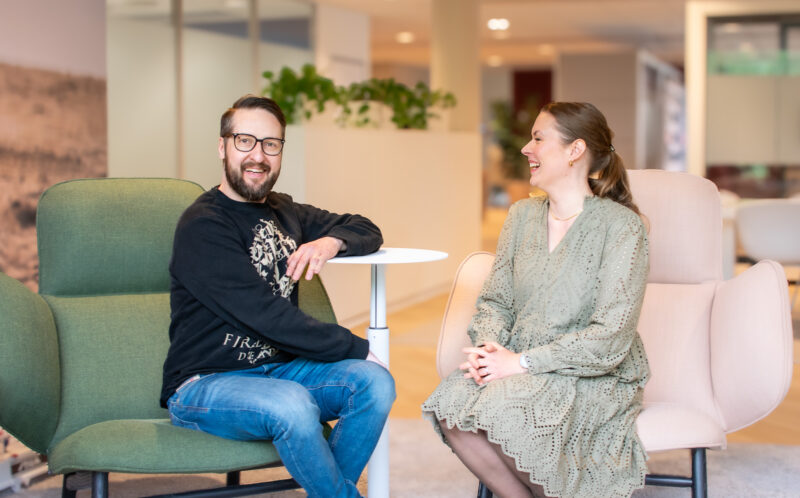How do you monitor and ensure the quality of the elderly care you provide?
The quality of elderly care and its monitoring has been the subject of scrutiny during the recent years. Changes in the quality of care quickly make headlines. Service providers have not had the tools to verify or convincingly communicate the overall quality of the service they provide – even if the service has been mostly good. What can be done about this situation?
I have a dream: When one day my strength fades away and I need help to survive my daily life, I can find a suitable place to live with the support of my relatives. I also want to know how other clients of the elderly care and their loved ones have assessed the quality of the service. This information will help me find the right choice for myself.
I would also like the management of my care home to have the tools to monitor the quality of the service and the subcontracted services. It would be great if this manager, with the help of artificial intelligence, would receive proactive messages about potential danger signs. He could also develop the service based on feedback from the residents and caregivers.
When the monitoring of quality is in place, quality changes that become public will not provoke a reaction in the market, as the management will be able to communicate the overall quality of the services and possibly demonstrate that it is just an individual case.
We still have a long way to go. At the moment, there are no effective tools for monitoring and communicating the quality of elderly care.
Measuring quality includes several different criteria
When measuring the quality of elderly care, it is essential to identify the various elements and criteria of quality and to ensure that all elements are monitored. National quality criteria aim to communicate and ensure that the quality of care is at least of a certain level and standardised according to certain choices.
In addition to the national criteria, the quality criteria agreed in the contract between the provider and the client of the care services should also be examined. The genuine experience of the resident and their loved ones should also be taken into account.
The monitoring of the latter two qualities in particular is partly deficient in Finland, as there are no tools that produce real-time information. Service providers need a solution through which they get information about the quality of the service produced and the development needs.
The quality of the service consists of the whole produced by the service ecosystem
The service entities and the service experiences almost always consist of the whole provided by the service provider and its subcontractor ecosystem. The producer of a service housing unit might for example subcontract catering services.
From the resident’s perspective it’s about the whole – his everyday life, where he might feel like he’s getting bad food at home. He probably will not be able to specify that the source of the problem is one of the subcontractors of the service ecosystem. People connected to the elderly care services also understand quality differently: it means different things to the client, his or her loved ones, to the care workers, and to the service provider.
When developing service quality measurements, it is essential to consider the quality of services provided by every ecosystem member.
Technology and automation to help – solutions are being developed
The sector for healthcare and social welfare services urgently needs solutions for assessing, managing and developing the quality of the ecosystem for elderly care. The clock is ticking, as the old-age dependency ratio in Finland is at its most critical point within 10 years. The elderly population and care services are increasing significantly in both the public and private sectors. There is a shortage of skilled staff.
Technology and automation have taken huge leaps forward. At present, the sector for healthcare and social welfare services does not have a ready technology platform solution for the management and development of the elderly care ecosystem.
Qualified solutions are being developed. My colleagues at Sofigate and I have recently been working hard for the right kind of solutions. We will be delivering promising news in early September – in connection with the international HIMMS Health Conference.
Therefore, I am confident that in the future you, your loved ones and the management of our care home units can sleep peacefully, knowing that the quality of elderly care is monitored and the changes in it are always addressed.


